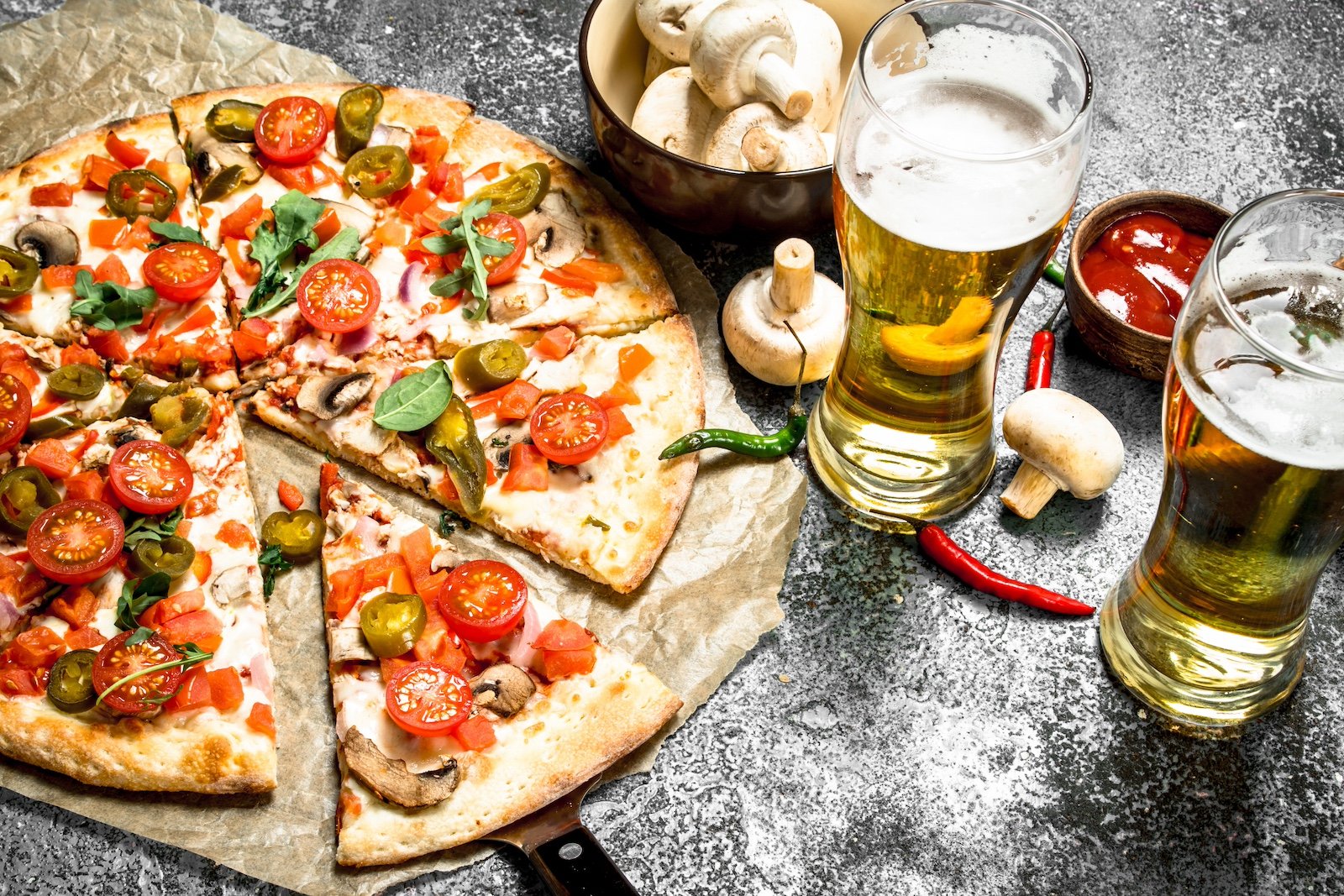All-you-can-eat buffets are a popular dining choice for many people. They offer the promise of endless food, allowing diners to sample a variety of dishes without worrying about portion sizes or additional costs. However, beneath the allure of limitless indulgence lies a series of hidden costs that can affect both the consumer and the environment.
Here, we’ll explore these hidden costs, examining the financial, health, environmental, and social impacts of all-you-can-eat buffets.
Overpricing

While buffets offer a variety of dishes, not all items are of the same quality. High-cost items like seafood or premium cuts of meat are usually limited, while cheaper filler items such as pasta, rice, and bread are abundant. Diners may pay more than they would at a traditional restaurant for a similar meal.
Wasted Money

The psychological pressure to maximize the value of an all-you-can-eat buffet can lead to overeating and discomfort.
Many people feel compelled to eat more than they normally would to get their “money’s worth.” This overindulgence can lead to diners spending more than they would for a regular meal, especially if they end up wasting food. According to a study by the USDA, 30-40% of food in the U.S. is wasted, amounting to approximately $218 billion worth of food annually.
Hidden Charges

Some buffets have hidden costs, such as additional charges for certain items, beverages, or desserts. These extra fees can quickly add up, turning what seemed like a budget-friendly meal into an expensive outing. For instance, drinks and desserts are often not included in the buffet price and can significantly increase the final bill.
Additionally, some buffets may have extra charges for premium items like crab legs or steak, which are only available for an additional fee. These hidden costs can catch diners off guard, making the dining experience more costly than anticipated.
Overeating and Obesity

The very nature of a buffet promotes overeating. People often consume larger portions and more calories than they would in a traditional dining setting. This behavior can contribute to weight gain and obesity. The CDC reports that over 42% of American adults are obese, a condition linked to heart disease, diabetes, and hypertension.
Poor Nutritional Choices

Buffets tend to offer a variety of unhealthy options, such as fried foods, sugary desserts, and high-calorie dishes. The temptation to try everything can lead to poor nutritional choices, undermining efforts to maintain a balanced diet.
Food Safety Concerns

Food that sits out for extended periods can become a breeding ground for bacteria, leading to foodborne illnesses. According to the CDC, about 48 million people get sick from foodborne illnesses each year in the U.S., highlighting the importance of food safety.
Food Waste

Diners often take more food than they can eat, leading to large quantities of uneaten food being discarded. This waste contributes to the global food waste problem, with significant environmental consequences, including increased greenhouse gas emissions from decomposing food in landfills. The Food and Agriculture Organization (FAO) estimates that food waste contributes 8% of global greenhouse gas emissions.
Resource Consumption

The preparation of a wide variety of dishes for buffets requires a considerable amount of resources, including water, energy, and raw materials. This high level of resource consumption is not sustainable and puts a strain on the environment. For instance, it takes approximately 1,800 gallons of water to produce one pound of beef.
Packaging Waste

Buffets often use disposable plates, utensils, and containers to manage the large volume of food and customers. This practice results in significant amounts of packaging waste, which contributes to environmental pollution. The EPA reported that in 2018, packaging and containers made up 28.1% of the total municipal solid waste generated in the U.S.
Food Inequality

The concept of unlimited food at buffets contrasts sharply with global food scarcity issues. While some people indulge in excess, others struggle to access sufficient food. The FAO reports that nearly 783 million people were undernourished in 2022, underscoring the inequality in food distribution and availability.
Cultural Impact

Buffets can contribute to the erosion of traditional dining customs and cultural food practices. The focus on quantity over quality and the hurried nature of buffet dining can detract from the cultural significance of meals as a time for family bonding and social interaction. Traditional meals often involve careful preparation and a sequence of courses, which can be lost in the buffet setting.
Additionally, the buffet model can lead to a devaluation of culinary skills and heritage, as the emphasis shifts from savoring well-prepared dishes to consuming as much as possible. This cultural shift can diminish the appreciation for traditional cuisines and the communal aspects of dining, which are vital to many cultures around the world.
Employee Welfare

The labor conditions of workers in buffet restaurants are often challenging. Employees are required to manage large volumes of food and customers, which can be physically demanding and stressful. Additionally, the emphasis on keeping costs low can lead to low wages and inadequate working conditions for staff. The Bureau of Labor Statistics reports that food preparation and serving workers are among the lowest-paid occupations in the U.S., with a median annual wage of $32,240 in 2023.
The Illusion of Value

The perceived value of all-you-can-eat buffets is often an illusion. While the initial price tag may seem like a bargain, the quality and variety of the food can be misleading. Buffets often use tactics such as smaller plates and strategically placed high-cost items to create a sense of abundance and value. However, the reality is that diners may be paying for quantity over quality. Additionally, the cost-saving measures employed by buffet operators, such as bulk purchasing and lower-quality ingredients, can detract from the overall dining experience.


